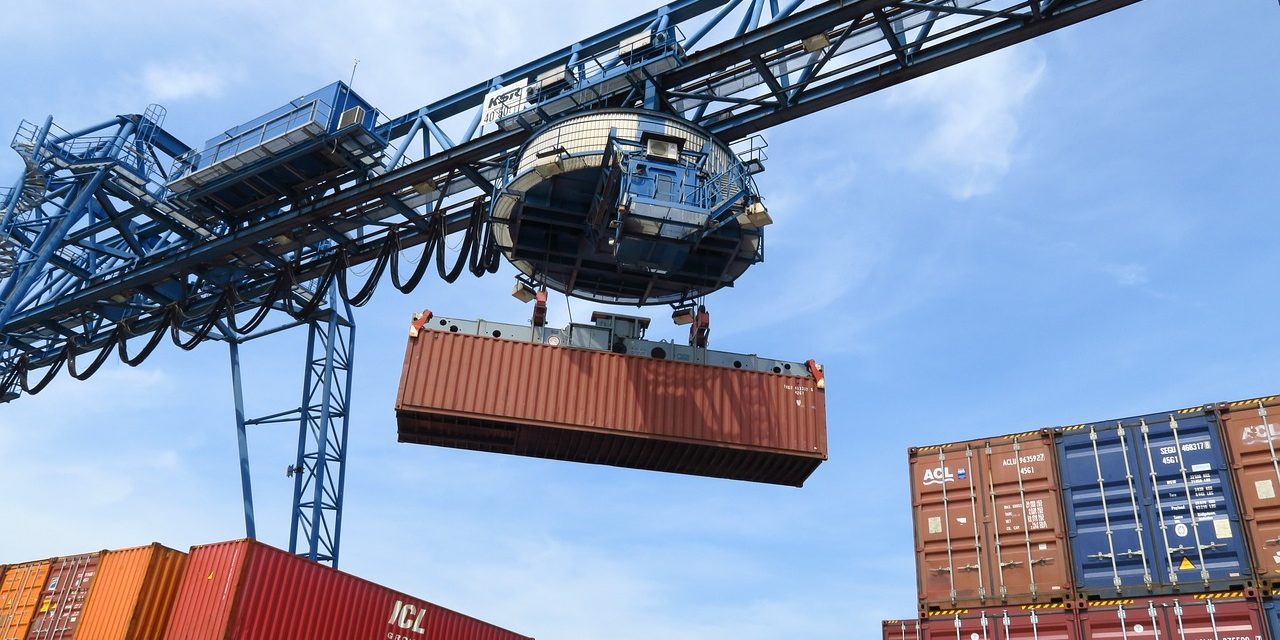As the logistics and supply chain industry continues to evolve, warehousing remains a pivotal component of the global supply chain. Advances in technology and shifting market demands are driving significant changes in warehousing practices. Understanding emerging trends and technologies in warehousing can help businesses stay ahead of the curve and optimize their supply chain operations. In this blog post, we explore the future of warehousing, focusing on key trends and technologies shaping the industry.
1. Automation and Robotics
Automation and robotics are revolutionizing warehousing by enhancing efficiency and reducing manual labor. Automated systems and robotic solutions are becoming increasingly prevalent in modern warehouses.
- Automated Guided Vehicles (AGVs): AGVs transport goods within warehouses without human intervention. They follow predefined paths or use advanced navigation systems to move products, reducing the need for manual handling and improving operational efficiency.
- Robotic Picking Systems: Robots equipped with advanced sensors and AI capabilities are used for picking and sorting products. These systems can handle repetitive tasks with precision, increasing speed and accuracy in order fulfillment.
- Automated Storage and Retrieval Systems (AS/RS): AS/RS technology automates the storage and retrieval of goods, optimizing space utilization and reducing retrieval times.
2. Internet of Things (IoT)
The Internet of Things (IoT) is transforming warehousing by providing real-time visibility and connectivity throughout the supply chain. IoT devices and sensors enable better tracking, monitoring, and management of inventory and equipment.
- Real-Time Tracking: IoT sensors track the location and condition of goods as they move through the warehouse. This data provides real-time insights into inventory levels, product conditions, and potential disruptions.
- Predictive Maintenance: IoT-enabled equipment can monitor performance and predict maintenance needs. Predictive maintenance helps prevent equipment failures and minimize downtime, ensuring continuous warehouse operations.
- Environmental Monitoring: IoT sensors monitor environmental conditions such as temperature and humidity, ensuring that sensitive products are stored under optimal conditions.
3. Artificial Intelligence (AI) and Machine Learning
Artificial Intelligence (AI) and Machine Learning (ML) are enhancing decision-making and operational efficiency in warehousing. These technologies analyze vast amounts of data to optimize processes and predict future trends.
- Demand Forecasting: AI and ML algorithms analyze historical data and market trends to predict future demand. Accurate demand forecasting helps optimize inventory levels and reduce excess stock.
- Warehouse Optimization: AI-powered tools analyze warehouse layouts and workflows to identify inefficiencies and recommend improvements. This optimization leads to better space utilization and streamlined operations.
- Smart Routing: AI algorithms optimize the routing of goods within the warehouse, reducing travel time and improving order fulfillment efficiency.
4. Blockchain Technology
Blockchain technology is gaining traction in warehousing for its ability to enhance transparency and security in supply chain transactions. Blockchain provides a decentralized and immutable ledger for recording transactions and tracking the movement of goods.
- Traceability: Blockchain enables end-to-end traceability of products, allowing stakeholders to track the origin, handling, and movement of goods throughout the supply chain.
- Security: Blockchain’s cryptographic features ensure the security and integrity of transaction data, reducing the risk of fraud and tampering.
- Smart Contracts: Blockchain-based smart contracts automate and enforce contractual agreements, streamlining processes and reducing administrative overhead.
5. Sustainable Warehousing
Sustainability is becoming a key focus in warehousing as businesses strive to reduce their environmental impact. Sustainable warehousing practices aim to minimize energy consumption, waste, and carbon footprint.
- Energy Efficiency: Implement energy-efficient lighting, heating, and cooling systems to reduce energy consumption. Utilize renewable energy sources such as solar panels to power warehouse operations.
- Waste Reduction: Implement recycling programs and waste management strategies to minimize landfill waste. Optimize packaging materials to reduce environmental impact.
- Green Building Standards: Design and construct warehouses to meet green building standards and certifications, such as LEED (Leadership in Energy and Environmental Design).
6. Augmented Reality (AR) and Virtual Reality (VR)
Augmented Reality (AR) and Virtual Reality (VR) technologies are enhancing training, maintenance, and operational efficiency in warehousing.
- Training: AR and VR simulations provide immersive training experiences for warehouse staff, improving their skills and knowledge in a safe and controlled environment.
- Maintenance: AR applications assist maintenance personnel by overlaying digital information and instructions onto physical equipment, facilitating faster and more accurate repairs.
- Visualization: VR allows warehouse managers to visualize warehouse layouts and workflows before implementation, helping to plan and optimize space utilization.
7. Drones and Unmanned Aerial Vehicles (UAVs)
Drones and unmanned aerial vehicles (UAVs) are emerging technologies in warehousing that offer innovative solutions for inventory management and monitoring.
- Inventory Management: Drones equipped with cameras and sensors can conduct aerial inventory counts, improving accuracy and efficiency compared to traditional manual counting methods.
- Inspection and Surveillance: Drones provide real-time aerial surveillance of warehouse facilities, enhancing security and monitoring capabilities.
8. Flexible Warehousing Solutions
As e-commerce and customer expectations evolve, flexible warehousing solutions are becoming increasingly important. Flexible warehousing allows businesses to adapt to changing demands and scale operations as needed.
- On-Demand Warehousing: On-demand warehousing services provide businesses with temporary storage space and fulfillment services, allowing for scalability and flexibility in response to fluctuating demand.
- Multi-Channel Fulfillment: Integrate warehousing with multi-channel fulfillment strategies to efficiently manage inventory and orders across various sales channels, including online and physical stores.
Conclusion
The future of warehousing is shaped by emerging trends and technologies that enhance efficiency, visibility, and sustainability. Automation, IoT, AI, and blockchain are transforming warehousing operations, while sustainable practices and flexible solutions address evolving market demands. Embracing these innovations will help businesses optimize their warehousing strategies, improve supply chain performance, and stay competitive in the dynamic logistics landscape.
For expert guidance on optimizing your warehousing operations and staying ahead of industry trends, contact Omega Shipping Agency at info@omegashippingagency.com or call us at +92-42-35772072-73, +92-321-4477442. Our team is dedicated to providing innovative solutions and support for your logistics and supply chain needs.





